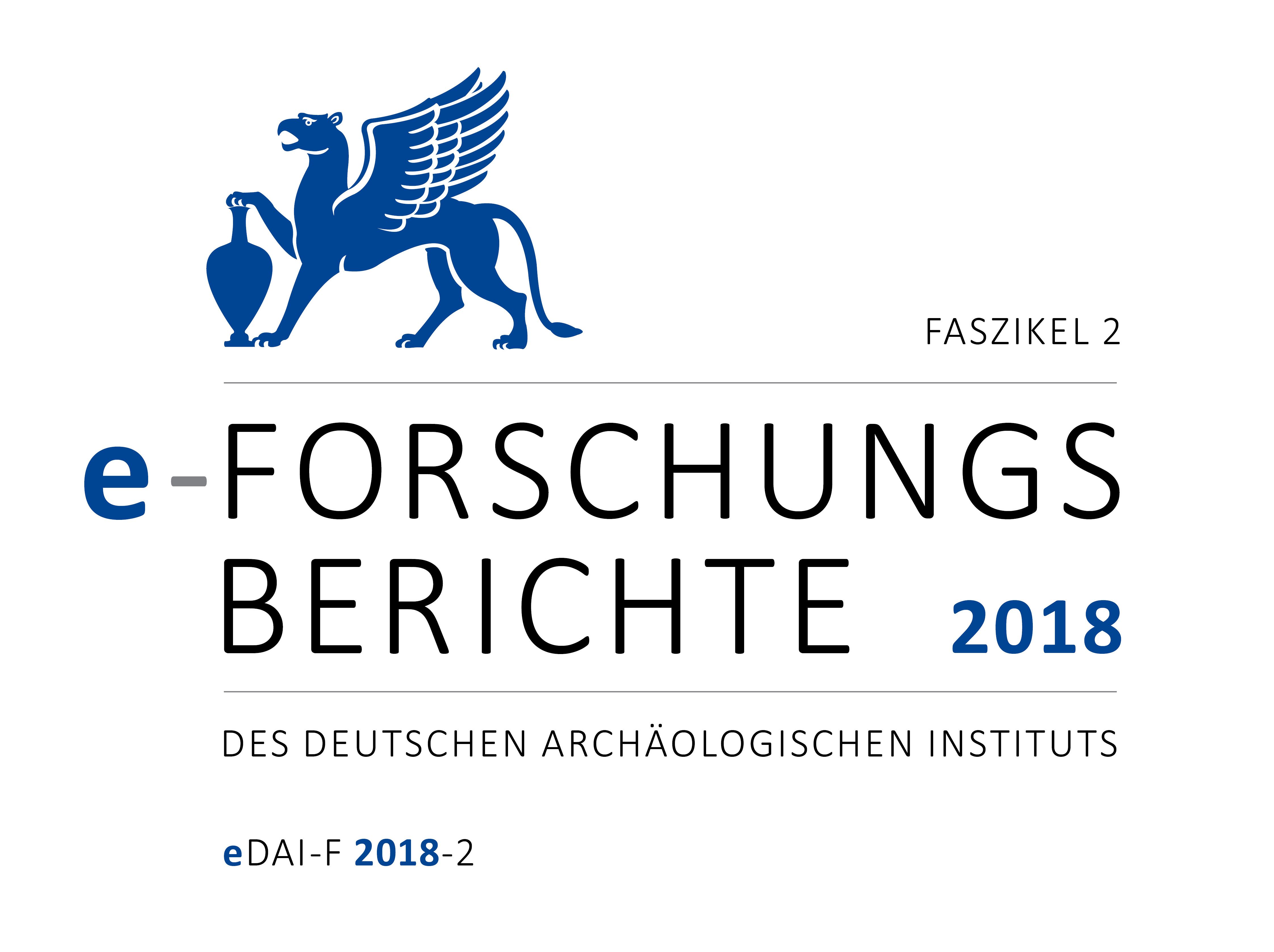Madīnat az-Zahrāʾ, Spanien. Die Arbeiten des Jahres 2018
https://doi.org/10.34780/11cd-2ea1
Özet
Madīnat az-Zahrāʾ is today one of the most important archaeological sites of the Islamic culture in the west Mediterranean region. In 2018 the site was designated a World Heritage Site by the UNESCO. A five-year project which is conducted by the German Archaeological Institute and the Junta de Andalucía in cooperation with the Universidad Autónoma de Madrid is dedicated to the investigation of the Plaza de Armas of Madīnat az-Zahrāʾ, the main public square of the caliphal city. The aim of the second season of field work was the investigation of the eastern side of the plaza, an area previously untouched by excavations. The excavation work revealed the remains of an isolated pavilion which stood on top of a high platform. The T-shaped layout of the pavilion is reminiscent of Sasanian and Abbasid reception halls (maǧlis al-Hīrī). The pavilion is the first example of this type to be found west of Tunisia, and sheds new light on the influence of Abbasid architecture on the design of Madīnat az-Zahrāʾ.İndir
Yayınlanmış
2018-11-16
Sayı
Bölüm
Artikel
##plugins.pubIds.zenon.displayFrontendLabel##
Nasıl Atıf Yapılır
Arnold, F. (2018) “Madīnat az-Zahrāʾ, Spanien. Die Arbeiten des Jahres 2018”, e-Forschungsberichte des DAI, pp. 136–141. doi:10.34780/11cd-2ea1.





